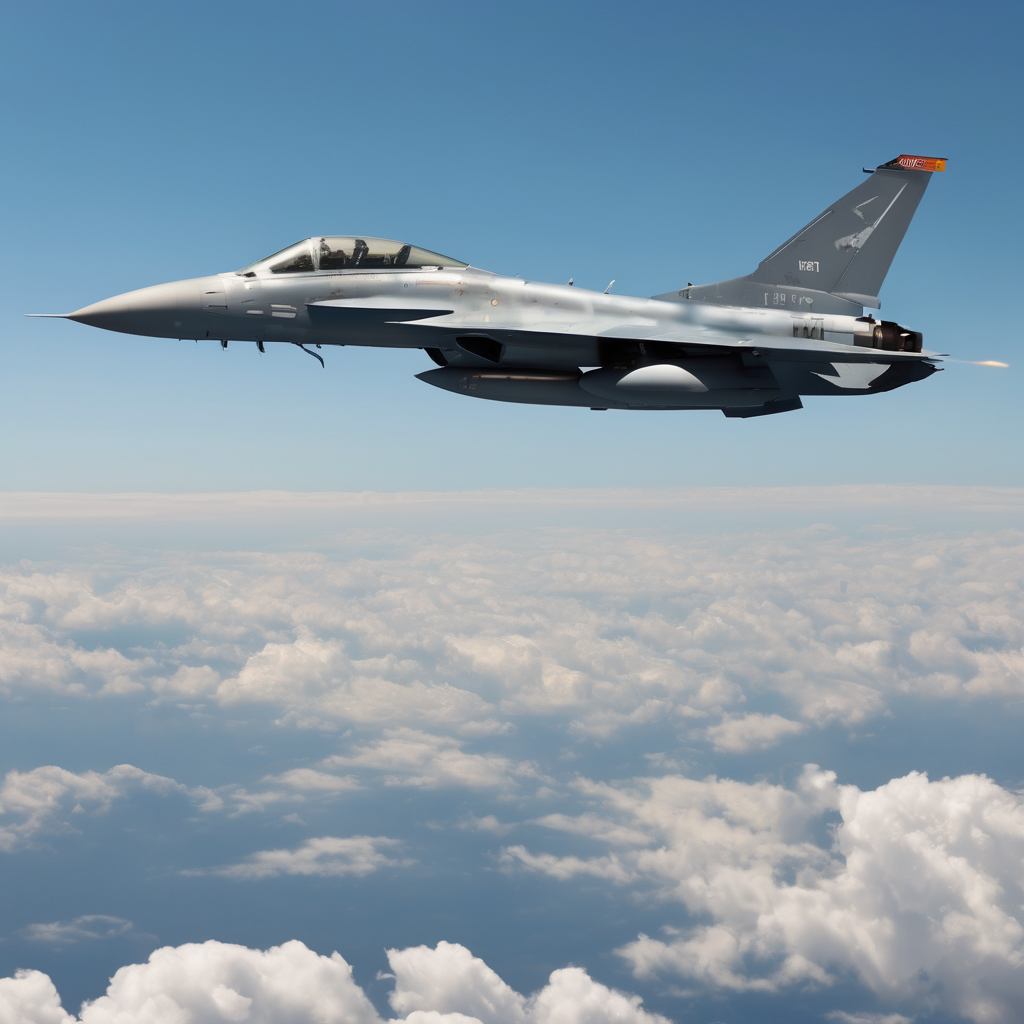Since September 29th, the release of video footage showcasing China’s sixth-generation stealth fighter jet, the J-36, has attracted significant international attention. Seen performing a vertical loop during a high-speed test flight, the jet’s demonstration of advanced aerial capabilities marks a pivotal moment in China’s advancement in the aerospace sector. These images provide a rare glimpse into what has largely remained a secretive project, posing substantial questions about the implications for global air superiority.
Developed by the Chengdu Aircraft Industry Group, the J-36 embodies China’s most ambitious leap toward next-generation aerial dominance. Featuring a unique three-engine setup and a smooth, radar-evading design, the jet echoes refined aerodynamics akin to the U.S. F-22 Raptor. The newly revealed footage highlights its sophisticated design, emphasizing stealth and maneuverability—traits reserved for elite aircraft platforms.
Analysts have been surprised by the rapid development of the J-36, first seen over Chengdu in December 2024. Initial test flights were assumed to be elementary evaluations of the airframe. However, the latest demonstration of high-energy maneuvering, such as a Nesterov loop, indicates significant flight control integration has been achieved. The Chengdu team appears to be drawing on experience from the J-20 program, venturing into territory previously explored only conceptually by U.S. and Russian sixth-generation projects.
The J-36’s technical prowess is underscored by its ability to execute a complete vertical loop at medium to high subsonic speeds, distinguishing it from most modern fighter jets. While the F-22 has been a benchmark for post-stall maneuverability, the J-36’s three-engine configuration likely grants it superior thrust-to-weight ratio and energy efficiency. Where the F-35 emphasizes digital dominance, the J-36 harks back to core air combat capabilities, centering on agility, speed, and vertical reach.
Politically, the J-36 holds considerable significance, particularly as tensions rise in the Taiwan Strait and South China Sea. By publicly showcasing the jet’s maneuverability, China is delivering both a strategic deterrent and a demonstration of strength. The J-36’s potential to challenge U.S. and allied air superiority shifts the narrative around regional power dynamics. Its capabilities suggest a new operational doctrine blending air superiority, space denial, and electronic dominance.
Globally, the J-36’s advanced testing phase, which includes performing a full vertical loop, challenges the prevailing perceptions of China’s sixth-generation ambitions. It is no longer a speculative threat but a tangible flying adversary. For Western defense strategists, this development signals the end of an era of unilateral aerial dominance, heralding the onset of a new era of global aerial competition.
